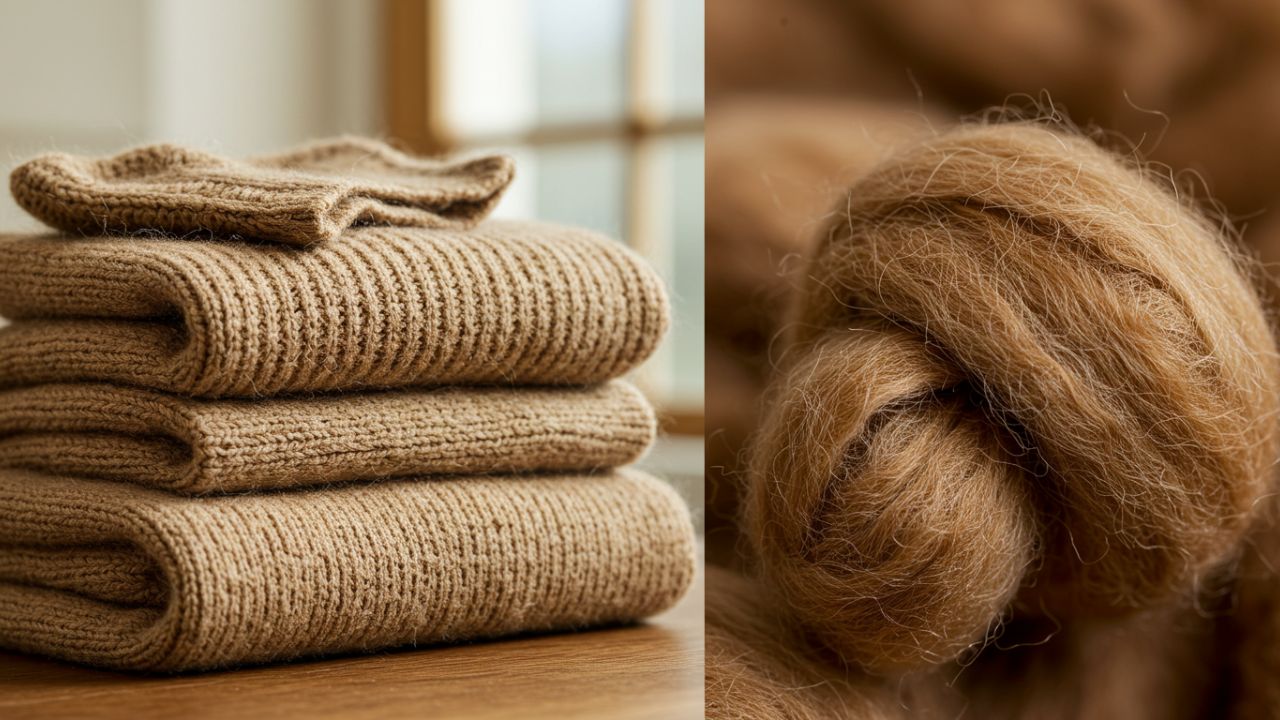Woolrec is a term that has been gaining attention in recent years due to its association with sustainability, innovation, and modern industry practices. From textile manufacturing to environmental solutions, Woolrec represents a shift toward more eco-friendly processes and creative applications. In this article, we will explore what Woolrec means, its history, benefits, uses across different sectors, and its potential for the future.
What is Woolrec?
Woolrec can be understood as a concept or product centered around the idea of recycling, reusing, or repurposing wool and wool-based materials. It stands at the intersection of technology, sustainability, and design. The name itself hints at “wool recycling,” which emphasizes its role in promoting eco-conscious practices while maintaining the quality of wool as a valuable material.
Unlike synthetic fibers that take decades to decompose, wool is natural, renewable, and biodegradable. Woolrec takes advantage of these properties and creates solutions that reduce waste, lower carbon footprints, and extend the lifecycle of wool products.
The Origins of Woolrec
The Woolrec initiative began as a response to global waste management issues, especially in the fashion and textile industries. For decades, tons of wool fabrics were discarded into landfills, despite wool being one of the most durable and reusable fibers available. With sustainability becoming a global concern, Woolrec emerged as a process and movement to ensure wool is recovered, processed, and transformed into new products.
This approach not only addresses environmental challenges but also provides economic opportunities for industries and communities that depend on wool production.
Why Woolrec Matters in Today’s World
Environmental Sustainability
Woolrec helps minimize textile waste, which is a major contributor to landfills worldwide. Recycling wool saves energy, reduces greenhouse gas emissions, and supports circular economy practices.
Cost-Effective Solutions
By reprocessing existing wool, companies can cut down on raw material costs. Woolrec products often maintain high quality while being more affordable.
Supporting Local Economies
Regions that produce and process wool benefit directly from the Woolre movement. Small businesses, artisans, and large industries alike gain opportunities to thrive.
Applications of Woolrec Across Industries
Woolrec in Fashion
The fashion industry has long been criticized for its wasteful practices. Woolre introduces a sustainable alternative by recovering used wool garments and transforming them into new apparel. Designers now experiment with Woolre materials to create eco-friendly clothing lines without compromising on style or quality.
Woolrec in Home Furnishing
Beyond fashion, Woolre has applications in carpets, upholstery, and bedding. Recycled wool is durable, naturally fire-resistant, and provides insulation. This makes it ideal for sustainable home furnishing solutions.
Woolrec in Construction
One of the lesser-known applications of Woolre lies in construction. Recycled wool fibers can be used for insulation materials, offering excellent thermal and acoustic properties while being eco-friendly.
Woolrec in Creative Industries
Artists and craft enthusiasts are also adopting Woolre by using recycled wool to design accessories, handmade crafts, and even artwork. This demonstrates the versatility of Woolre beyond industrial use.
Advantages of Woolrec Over Synthetic Alternatives
-
Biodegradable Nature: Unlike polyester or nylon, wool breaks down naturally.
-
Durability: Wool fibers maintain their strength even after recycling.
-
Comfort: Woolre retains the softness and warmth of virgin wool.
-
Energy Savings: Recycling wool consumes less energy than producing new synthetic fibers.
These advantages make Woolre an attractive option for industries looking to balance quality with sustainability.
Challenges Facing Woolrec
While Woolre offers immense potential, there are challenges that need to be addressed:
-
Collection and Sorting – Gathering wool for recycling requires organized systems to ensure efficiency.
-
Consumer Awareness – Many people are unaware of Woolre or its benefits.
-
Processing Costs – Advanced recycling technologies can be expensive.
Despite these challenges, advancements in technology and growing consumer interest in sustainability are helping Woolre gain momentum worldwide.
Woolrec and the Future of Sustainability
The future of Woolre looks promising. As governments, organizations, and consumers become more conscious of sustainability, demand for eco-friendly products will continue to rise. Woolre aligns perfectly with global goals for reducing waste and conserving natural resources.
Innovations such as automated sorting, chemical recycling, and integration of Woolre into large-scale industries will play a crucial role. Moreover, collaborations between fashion brands, construction companies, and environmental organizations will expand Woolrec’s reach even further.
How Consumers Can Support Woolrec
Supporting Woolre does not require major lifestyle changes. Small steps can have a huge impact:
-
Choose clothing and home products made from Woolre materials.
-
Recycle old wool garments instead of discarding them.
-
Support brands and businesses that are part of the Woolre movement.
-
Spread awareness about the benefits of wool recycling.
By adopting these practices, individuals contribute to a more sustainable future while enjoying the comfort and durability that wool provides.
Conclusion
Woolre is more than just a trend—it is a movement toward sustainability, innovation, and responsible consumption. By focusing on recycling and repurposing wool, it helps industries reduce waste, conserve resources, and provide eco-friendly alternatives for consumers. From fashion to construction, is shaping the future with solutions that combine quality, affordability, and environmental responsibility.
As awareness continues to grow, will play an even more significant role in driving industries toward a circular economy and a greener planet.

